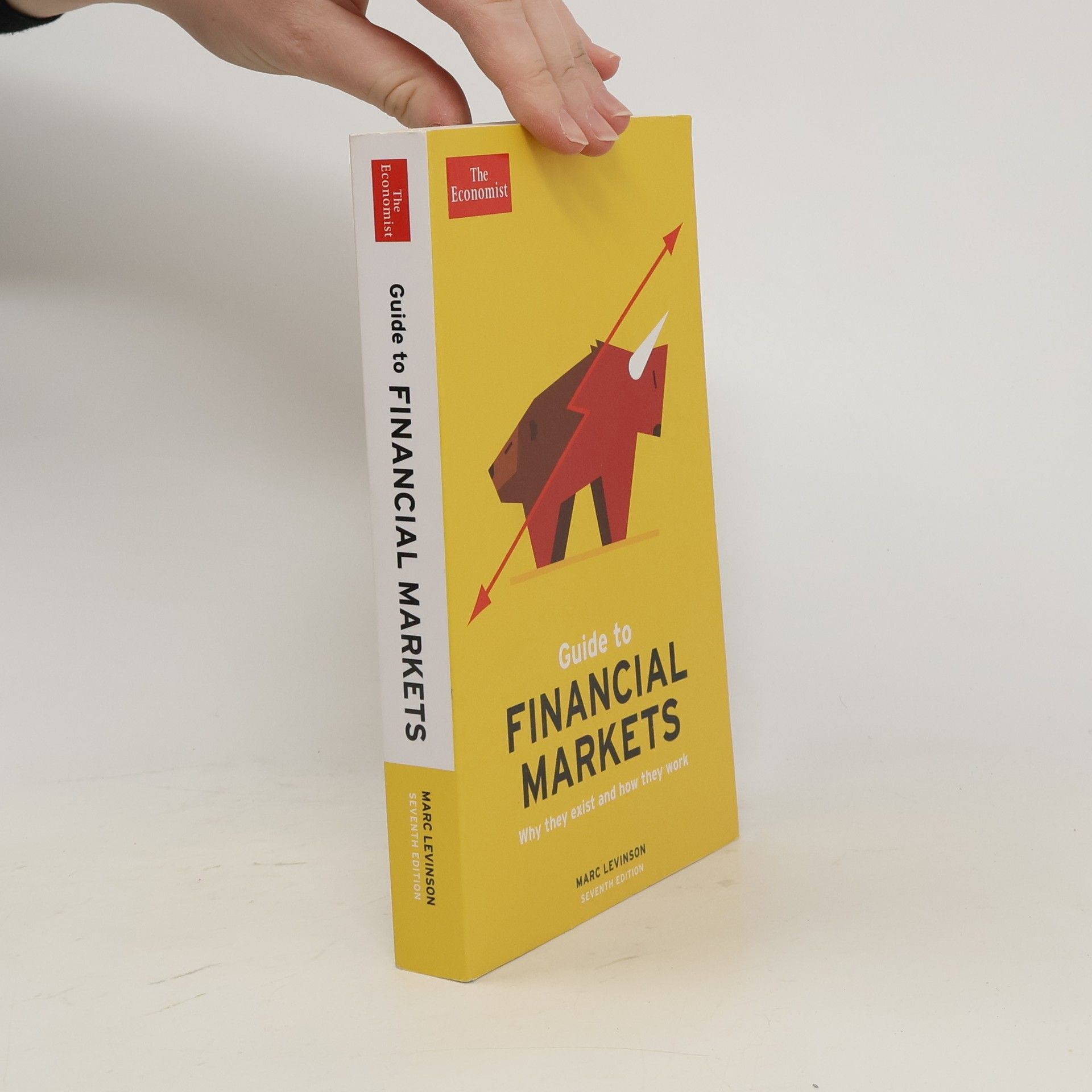Outside the Box
- 288 stránek
- 11 hodin čtení
The author offers a brief history of globalization through the stories of the people and companies that built global supply chains. The two spheres - the private sector and government - did not go global in tandem, and many developments in one sphere were far more impactful in the other than imagined at the time. The book narrates the development of global supply chains in response to trends in both, telling stories ranging from a Prussian-born trader in New Jersey in the 1760s who dreamed of building a vertically-integrated metals empire, to new megaships too big to call on most of the world's ports leaving half empty, as globalization entered a new stage in its history around 2006. Bringing the story up to the early 2020s, the author illustrates how we're not experiencing the end of globalization, only its transformation. As one type of globalization is declining, a new one is on the rise. --



